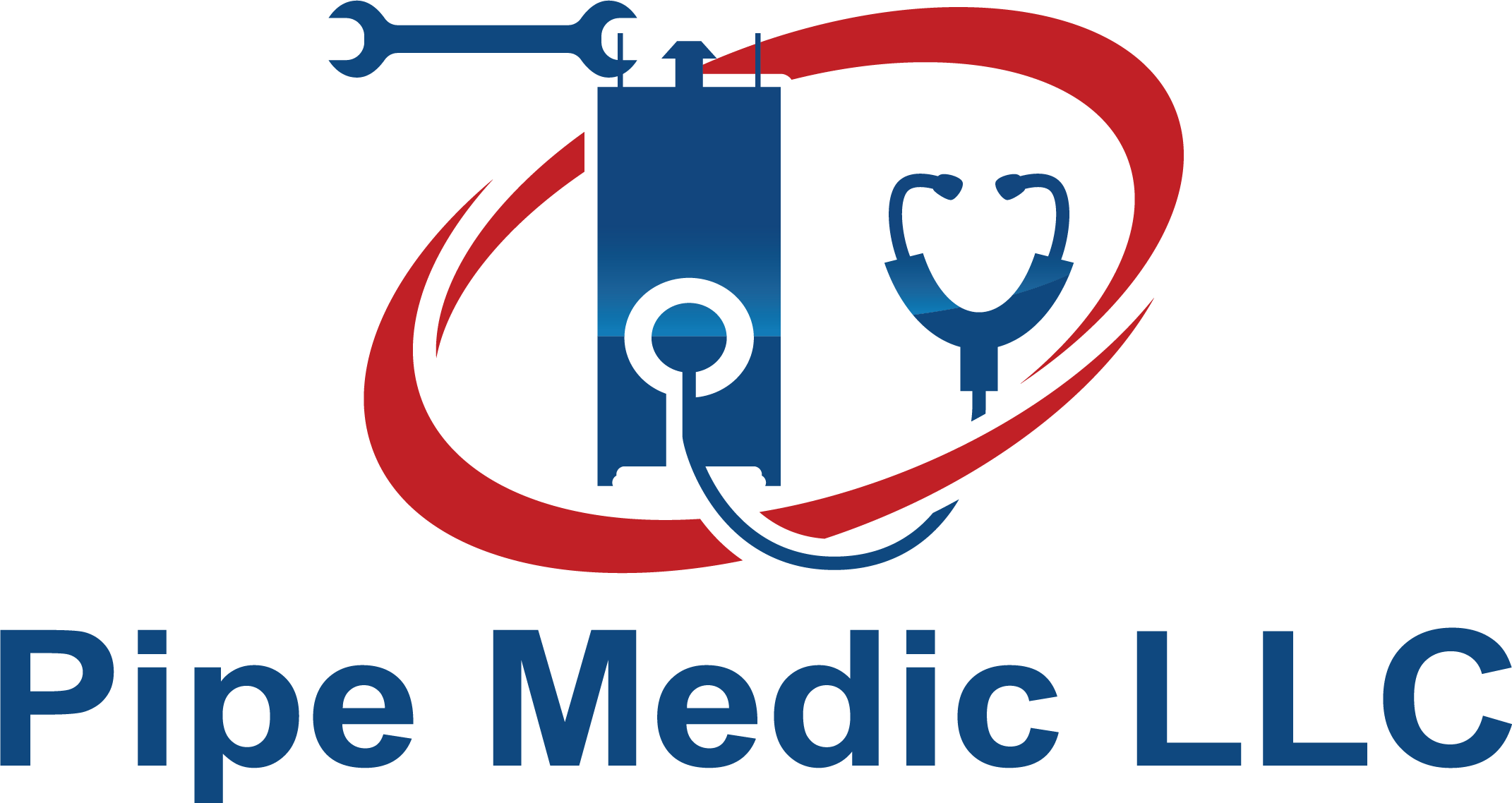Are you thinking about replacing your water heater? Safety is absolutely crucial!
In this article, we will discuss the importance of proper ventilation, gas leak prevention, electrical safety precautions, and handling heavy equipment and tools.
We will also explore how to protect against water damage and ensure proper installation and inspection.
By following these safety guidelines, you can avoid accidents and ensure a smooth and secure water heater replacement process.
Proper Ventilation and Gas Leak Prevention
To ensure your safety during water heater replacement, proper ventilation and gas leak prevention are essential.
When replacing a water heater, it's crucial to ensure that the area is well-ventilated. Proper ventilation helps to prevent the buildup of harmful gases such as carbon monoxide. Make sure that the area where the water heater is located has sufficient airflow, allowing any gases to dissipate quickly.
Additionally, it's important to check for gas leaks before and after the replacement process. Gas leaks can be extremely dangerous and can lead to fires or explosions. Use a gas leak detector to check for any signs of leakage, such as a rotten egg smell. If you suspect a gas leak, evacuate the premises immediately and contact a professional for assistance.
Electrical Safety Precautions
When it comes to water heater replacement, ensuring electrical safety is of utmost importance. Before starting any work, make sure to turn off the power supply to the water heater at the circuit breaker. This will prevent any electrical shocks or accidents.
It's also important to use insulated tools when working with electrical components to avoid any contact with live wires. Inspect the wiring and connections for any signs of damage, such as fraying or exposed wires. If any issues are found, it's best to call a professional electrician to handle the repairs.
Additionally, ensure that the new water heater meets all electrical codes and regulations to prevent any future electrical issues.
Following these precautions will help keep you safe during the water heater replacement process.
Handling Heavy Equipment and Tools
You should always use proper techniques when handling heavy equipment and tools during water heater replacement. These tools can be cumbersome and can cause serious injuries if not handled correctly. Start by wearing appropriate protective gear, such as gloves and safety glasses, to protect yourself from potential hazards.
When lifting heavy equipment, remember to use your legs and not your back to prevent strains and injuries. It's also important to have a clear workspace and to organize your tools properly to avoid tripping hazards.
When using power tools, make sure you have a firm grip and maintain control at all times. Be mindful of your surroundings and keep others out of the work area to prevent accidents.
Protecting Against Water Damage
One way to protect against water damage during water heater replacement is by ensuring the proper installation of a drip pan. A drip pan is a simple yet effective device that catches any water that may leak from the water heater.
By placing the drip pan underneath the water heater, you can prevent water from seeping into your floors and causing damage. Make sure the drip pan is properly installed and securely positioned, so it can collect any water that may escape during the replacement process.
Additionally, it's essential to regularly check the drip pan for any signs of leakage or damage. If you notice any issues, it's crucial to address them promptly to prevent further water damage.
Investing in a drip pan can save you from costly repairs and the headache of dealing with water damage in the future.
Ensuring Proper Installation and Inspection
To ensure a safe water heater replacement, it's crucial to properly install and inspect the new unit. When installing a water heater, it's important to follow the manufacturer's instructions and guidelines.
This includes ensuring that the unit is securely mounted, the electrical connections are properly wired, and the plumbing connections are leak-free. Additionally, it's essential to check for any gas leaks and ensure that the ventilation is adequate.
After installation, a thorough inspection should be conducted to verify that all components are functioning correctly and there are no potential safety hazards. This inspection should include checking the pressure relief valve, temperature settings, and the overall condition of the unit.
Conclusion
In conclusion, ensuring safety during water heater replacement is crucial for several reasons.
Proper ventilation and gas leak prevention are essential to avoid potential hazards.
Following electrical safety precautions is necessary to prevent accidents.
Handling heavy equipment and tools with care is important to prevent injuries.
Protecting against water damage is vital to maintain the integrity of the surrounding area.
Lastly, conducting proper installation and inspection ensures the longevity and efficiency of the new water heater.

